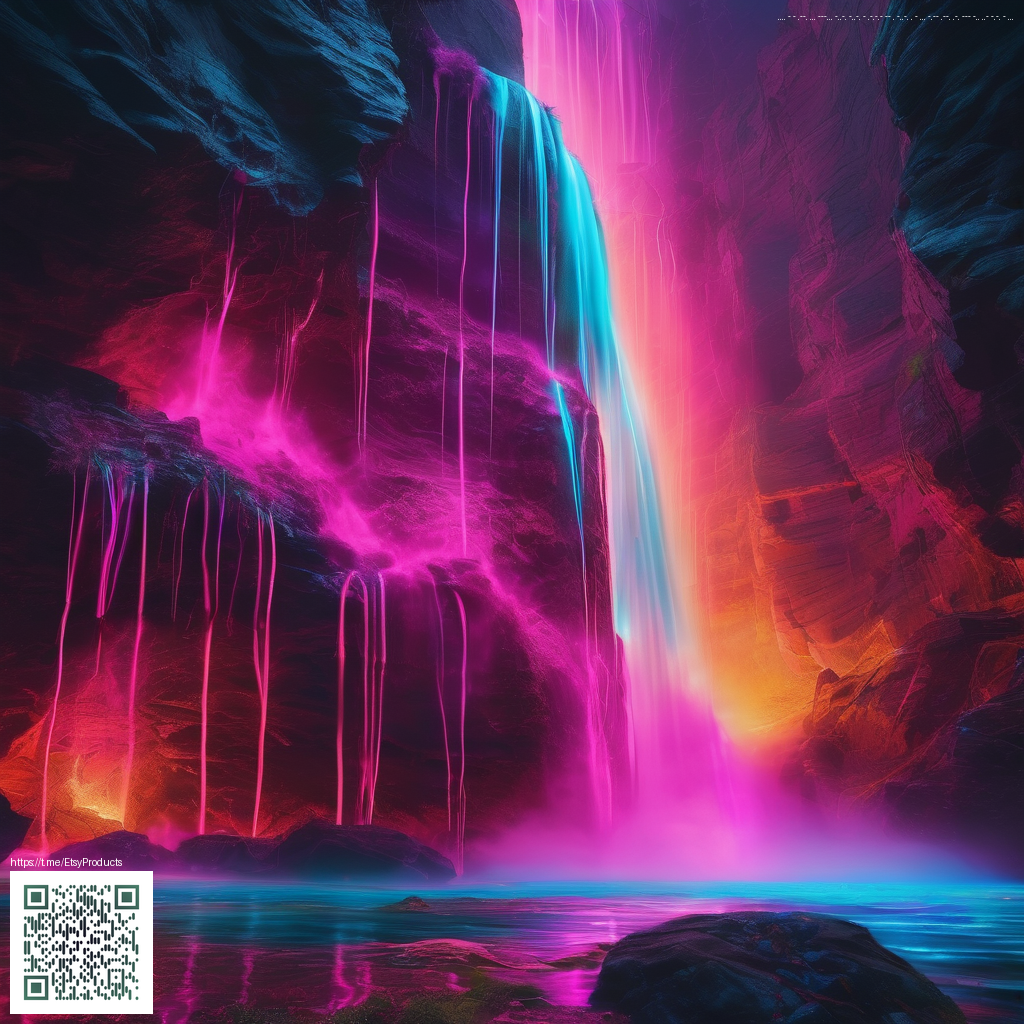
The power of visual storytelling in engaging modern audiences
We live in a world where a single image can convey a message faster than a paragraph of copy. Visual storytelling blends imagery, color, typography, and composition to create an emotional bridge between a brand and its audience. When done well, it isn’t just about looking good—it’s about guiding a viewer’s perception, shaping memory, and sparking action. The brain processes visuals in milliseconds, wiring recognition and emotion long before words register. That instant impact is what makes visuals a cornerstone of meaningful engagement.
What makes a visual narrative resonate
Effective visual storytelling has a few consistent traits. First, clarity—the audience should understand the core message within moments. Second, emotion—images should tap into feelings that align with the brand’s values. Third, consistency—a recognizable style, color palette, and typography reinforce trust across channels. Fourth, context—every image should connect to a broader story, not stand alone as a pretty object.
- High-quality product photography that highlights texture, scale, and use-cases
- Lifestyle visuals that place the product in real-world scenarios
- Thoughtful color choices that evoke the brand’s personality
- Concise captions that extend the image’s narrative
- Accessible design that remains legible on mobile devices
“When a picture tells a story, it invites the viewer to participate in the brand’s journey—not just observe it.”
Consider a tangible example: the Rugged Tough Phone Case—a product that demonstrates how visual storytelling can elevate perceived value. The combination of rugged materials, proximity to action, and clear usage contexts helps a viewer imagine owning and relying on the product in demanding environments. It’s not just a case; it’s a narrative about protection, reliability, and peace of mind.
Elements that boost engagement through visuals
To build a story that sticks, blend these elements into your visuals and accompanying copy:
- A clear focal point that communicates the product’s primary benefit at a glance
- Authentic demonstrations of use, including real-world settings and diverse users
- Close-ups that reveal material quality, grip, and construction
- Contextual scenes that show outcomes—security, durability, freedom from worry
- Motion or micro-interactions in digital spots to convey energy and momentum
Brand loyalty grows when visuals align with a consistent narrative across channels. A viewer should be able to recognize the same mood, tone, and values whether they encounter the product on social, a landing page, or a product detail page. That alignment reduces cognitive load and builds trust—people feel like they understand what the brand stands for and what it promises to deliver.
Practical workflow to craft powerful visual stories
- Define the core message your visuals should convey about the product
- Storyboard or map a few scenes that demonstrate use, benefits, and outcomes
- Curate a consistent visual language: colors, fonts, and a photography style
- Capture diverse angles, textures, and real-life contexts to tell a fuller story
- Test visuals with audiences, refine captions, and ensure accessibility
In practice, a strong visual narrative also supports the copy on a product page, a social post, and packaging. It invites the viewer to experience the brand’s values before they even read a line of text. For brands aiming to build lasting connections, visuals are not decoration—they are a strategic language.